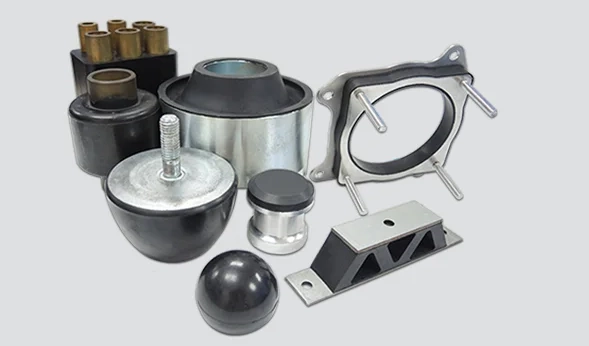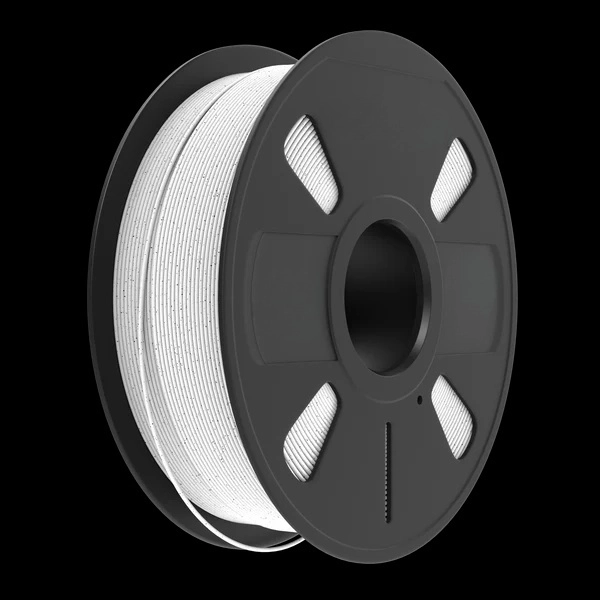In an era where consumer awareness regarding health, safety, and environmental impact is at an all-time high, the question of What is the best packaging for food? has become increasingly complex. Food packaging is not merely a protective layer; it plays a pivotal role in preserving freshness, ensuring safety, and promoting sustainability. This article delves into the multifaceted aspects of food packaging, exploring various materials, technologies, and practices that contribute to optimal food preservation while addressing environmental concerns.
Understanding the Role of Food Packaging
Food packaging serves several essential functions:
- Protection: It shields food from physical damage, contamination, and spoilage caused by microorganisms, moisture, and oxygen.
- Preservation: Effective packaging extends shelf life by maintaining the quality and safety of food products.
- Information: Packaging provides vital information to consumers, including nutritional content, expiration dates, and handling instructions.
- Marketing: Attractive packaging can influence consumer choices and brand perception.
Key Considerations in Food Packaging
When determining the best packaging for food, several factors must be considered:
- Material Selection
The choice of packaging material significantly impacts food safety and quality. Common materials include:
- Plastic: Lightweight and versatile, plastic is widely used for its barrier properties. However, concerns about chemical leaching and environmental impact have led to increased scrutiny.
- Glass: Glass is inert and impermeable, making it an excellent choice for preserving flavor and freshness. It is also recyclable, though heavier and more fragile than plastic.
- Metal: Aluminum and tin are commonly used for canned goods. They provide excellent protection against light and oxygen but can be prone to corrosion if not properly coated.
- Paper and Cardboard: These materials are biodegradable and recyclable, making them environmentally friendly options. However, they may require additional coatings to enhance moisture and grease resistance.
- Barrier Properties
The best food packaging must offer adequate barrier properties to protect against external factors. Key barriers include:
- Oxygen: Packaging that limits oxygen exposure helps prevent oxidation, which can lead to rancidity and spoilage.
- Moisture: Moisture control is crucial for preventing mold growth and maintaining texture. Materials with low permeability are preferred for moisture-sensitive products.
- Light: Certain foods, like oils and vitamins, are sensitive to light. Opaque or tinted packaging can help mitigate light exposure.
- Sustainability
As consumers become more environmentally conscious, sustainable packaging solutions are gaining traction. Considerations include:
- Biodegradable Materials: Packaging made from plant-based materials, such as PLA (polylactic acid), offers a compostable alternative to traditional plastics.
- Recyclability: Packaging that can be easily recycled contributes to a circular economy, reducing waste and resource consumption.
- Minimalist Design: Reducing packaging size and complexity can lower material usage and transportation costs, further enhancing sustainability.
Innovative Packaging Technologies
Advancements in technology are revolutionizing food packaging. Some notable innovations include:
- Active Packaging: This technology involves incorporating substances that actively interact with the food or its environment, such as oxygen scavengers or antimicrobial agents, to enhance shelf life.
- Smart Packaging: Utilizing sensors and indicators, smart packaging can provide real-time information about the freshness and safety of food products, alerting consumers to potential spoilage.
- Modified Atmosphere Packaging (MAP): By altering the composition of gases within the packaging, MAP can significantly extend the shelf life of perishable items.
Conclusion: Finding the Best Packaging for Your Needs
The best packaging for food is not a one-size-fits-all solution; it depends on the specific product, its intended shelf life, and consumer preferences. By considering material properties, barrier capabilities, sustainability, and technological advancements, manufacturers can make informed decisions that enhance food safety and quality while addressing environmental concerns.


